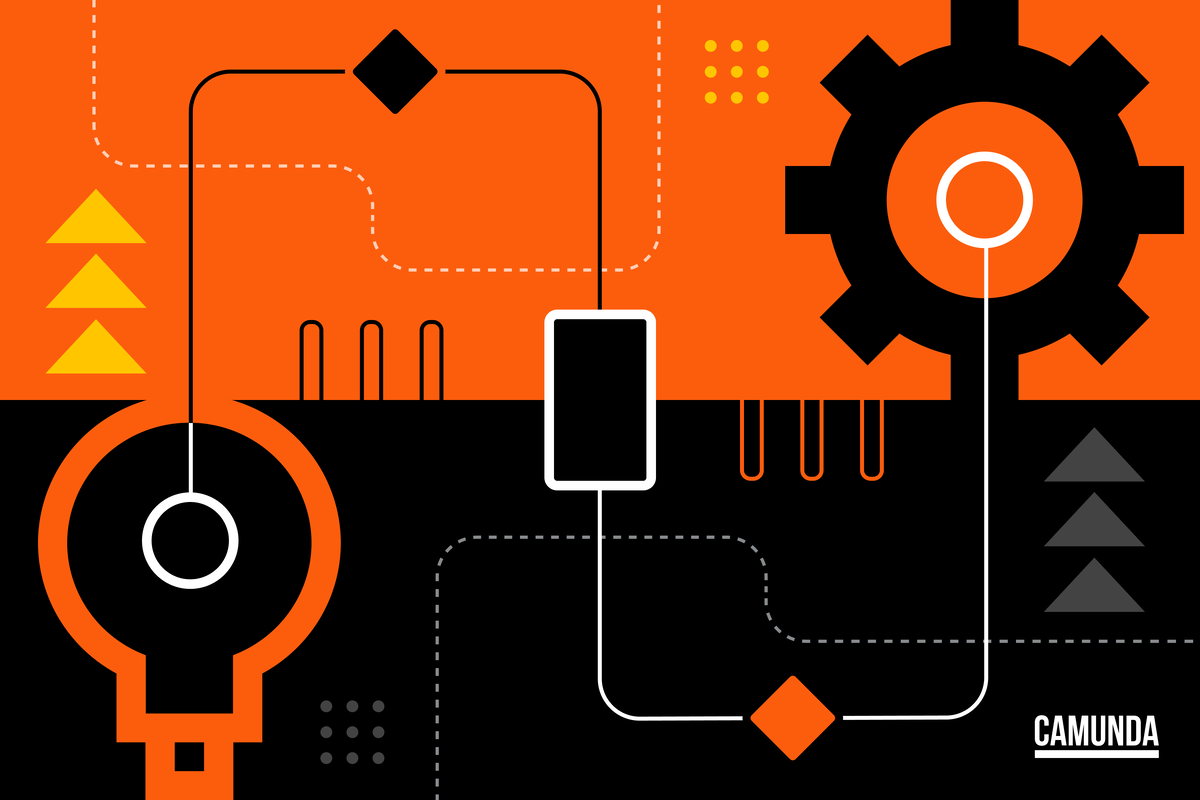Future-proof your automation: incorporating AI and intelligent automation without disconnects
By integrating fragmented systems, enabling intelligent workflows and providing scalability, process orchestration can help organisations unlock the true potential of automation.

Automation certainly isn’t new, but it has become savagely complex in recent years. To complete all the individual tasks within a business process, there are often dozens of so-called endpoints involved. These endpoints can be people, devices and systems – whether the latest AI innovations, or ancient legacy systems. While traditional task automation tools (such as RPA) excel at isolated functions, it takes a lot more integration and co-ordination to keep a business process running efficiently from start to finish. That’s where end-to-end process orchestration comes in.
Without process orchestration, automated processes can easily go wrong, resulting in a poor customer experience or a negative impact on business outcomes. Many of us have had first-hand experiences with broken or incomplete processes. For example, you might order tiles from a flooring retailer for a bathroom renovation, opting to pick up in store. Minutes later, you receive an email saying your order will be ready to pick up in two hours, and that you will receive a text and email confirmation when it’s available. Hours pass and you never receive confirmation. After calling customer service, you find out the order won’t be ready until midday tomorrow. It’s a bad look.
These types of frustrating customer experiences stem from a disconnected end-to-end process. In fact, many organisations find themselves struggling with fragmented ecosystems of disconnected tools, technical debt from legacy systems, a lack of integration and a lack of visibility into workflows spanning multiple process endpoints.
These issues not only slow down innovation, they also erode executives’ confidence in automation efforts – resulting in a lack of material change.
A new approach to process automation
A focus on both automating and orchestrating business processes can improve internal efficiency, customer experiences and regulatory compliance. At the heart of this approach lies process orchestration – the ability to co-ordinate every endpoint into cohesive end-to-end business processes. Process orchestration makes automation not only efficient, but also resilient and adaptable to changing needs. In other words, it’s needed to achieve true business transformation.
With this level of integration comes profound benefits:
Increased operational efficiency
Consolidating automation tools and orchestrating them within a single platform reduces redundancies, eliminates inefficiencies and improves overall governance. Plus, it minimises licensing fees, reduces technical debt and optimises IT resources.
Improved business agility
Traditional task-based tools often struggle to scale with business demands. Process orchestration ensures that businesses can expand their automation efforts without creating bottlenecks. Whether integrating new systems or adapting to market changes and regulations, organisations must have the infrastructure to support scalability and adaptability.
Streamlined customer experience
To avoid challenges such as the retail example above, orchestration capabilities can optimise automation workflows, creating smoother and more reliable customer experiences. From customer onboarding to improving service delivery, process orchestration ensures that the individual tasks within a business process are integrated and operating as quickly and efficiently as they should be.
Accelerated innovation and future-proofing for AI
As organisations incorporate AI and other emerging technology into their automated processes, an orchestrated approach can help them adapt without disrupting their business or customers. Integrating new approaches to AI (such as agentic AI or generative AI) into existing automation workflows prevents the process silos and broken customer experiences mentioned above. Using process orchestration, organisations can make sure AI is seamlessly built into their existing processes, and even add human checks alongside AI-powered automation steps to verify their accuracy.
IT/business alignment
A shared framework for automation and process orchestration enables business and IT teams to collaborate effectively. By using visual process modelling languages – standards such as business process model and notation (BPMN), for example – organisations can ensure both alignment and clarity in process automation design. Process orchestration uses these same standards to ensure processes are running smoothly.
Streamlined operations and process visibility
A unified approach to process orchestration helps organisations visualise and manage end-to-end workflows, breaking down silos and increasing transparency for compliance purposes. Improved process visibility also gives teams more control over their continuous process optimisation (for example, by visualising bottlenecks or broken processes or by proactively making suggestions for process improvements). This visibility reduces errors and makes processes run more efficiently than ever.
Looking ahead: the future of automation
As automation moves towards intelligent and autonomous systems, process orchestration becomes even more important. It bridges the gap between siloed automation and end-to-end business processes, equipping organisations with the solutions they need to harness the full potential of AI, leverage technological advancements, drive innovation and maintain transparency, accountability and control in their automation efforts.
By integrating fragmented systems, enabling intelligent workflows and providing scalability, process orchestration empowers organisations to unlock the true potential of automation. For business leaders, process orchestration isn’t just a technical decision – it’s a strategic imperative for staying ahead in an increasingly automated world.
Learn more about process orchestration and automation here.
by Jakob Freund, CEO and co-founder, Camunda

Business Reporter Team
You may also like
Related Articles
Related Articles
Most Viewed
Winston House, 3rd Floor, Units 306-309, 2-4 Dollis Park, London, N3 1HF
23-29 Hendon Lane, London, N3 1RT
020 8349 4363
© 2024, Lyonsdown Limited. Business Reporter® is a registered trademark of Lyonsdown Ltd. VAT registration number: 830519543





